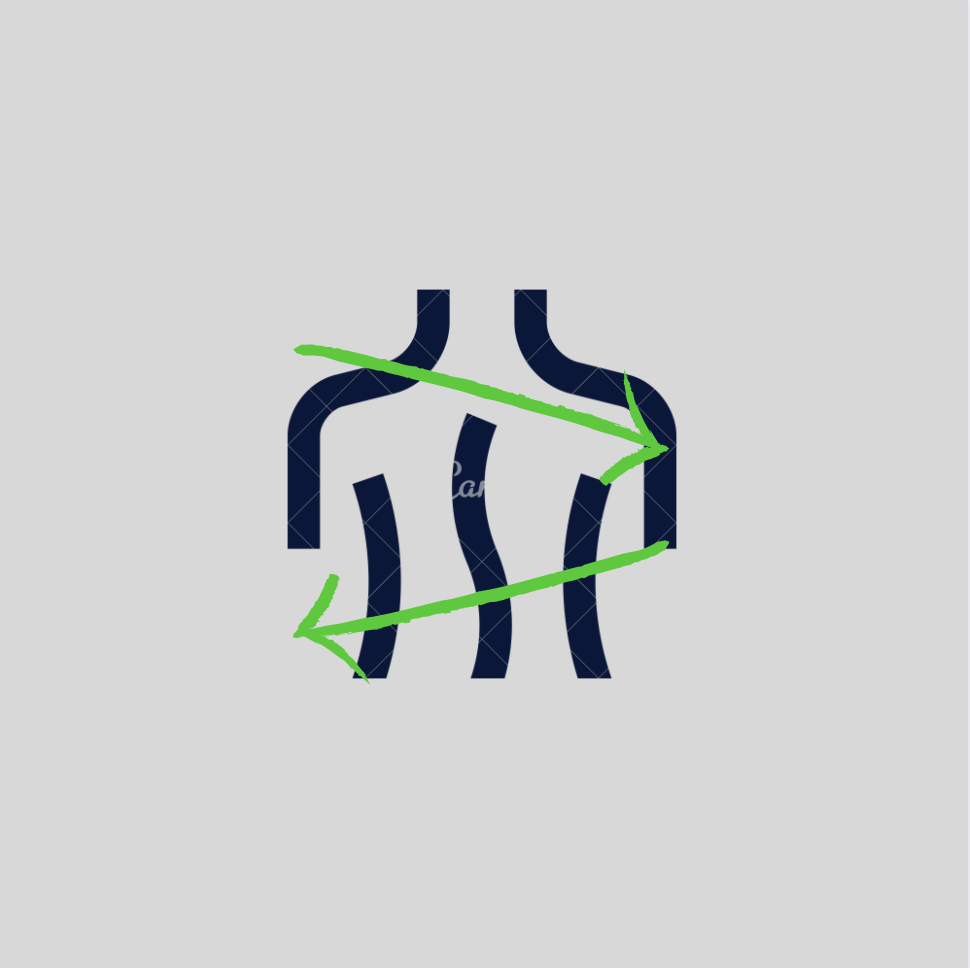The Treatment Experience

While Osteopathy is slowly becoming more popular in Canada, there are still many people who have yet to experience what going through both a treatment and an entire treatment process. The uncertainty of what to expect can be overwhelming for individuals prior to their first visit. This article will provide a brief description of what can be expected during assessment, treatment and what the treatment process will look like.
Initial Assessment
The first step in receiving treatment from an Osteopathic Practitioner is to set up an initial assessment visit. During this visit, the practitioner will go through your health and family history and answer any questions that you may have about Osteopathy and what to expect. This is followed up by a treatment, after which they will inform you of what their initial thoughts are and what you can expect between the initial and second appointment. Depending on the professional they may also recommend some things such as walking or stretching that may be beneficial to your recovery process.
Osteopathic Assessment
Osteopathic assessment is unique and differs from standard orthopaedic testing. Instead Osteopathic Practitioners use a method of assessment that is typically referred to as motion testing. This is done first by bringing the body through typical movements to observe for reduced or altered range of motion. Once an area of concern has been detected, the muscular components and joints in that area are then further tested to determine which anatomical components are at the root of the pain or dysfunction. This process is repeated at the beginning of each treatment to track the changes to the body between treatments. Assessment uses objective findings that link to the subjective complaints of the person receiving treatment, in order to uncover the root cause of the pain and dysfunction.
Treatment
After the assessment has been completed the Osteopathic Practitioner has several different forms of treatment that they can utilize to treat the root cause of the symptoms being experienced. The goal of the practitioner is to bring motion back to the areas that were not moving properly during the assessment. By restoring motion to these areas this will allow improved blood and nerve flow through these areas, and allow the body to begin healing the structures involved. Treatment provided is always gentle and delivered in a way that is appealing to the body. The goal is to work with the body instead of forcing treatment upon it. This allows for the treatment process to be smooth and pain free. The practitioner will then repeat the movements of the assessment to ensure that there was an improvement to the overall functioning of the body.
Treatment Process
The number of follow-up visits and total number of treatments will vary for each individual. This is because each person presents with a unique set of circumstances and the Osteopathic Practitioner must take their specific symptoms and objective findings into consideration. Several factors contribute to the number of follow-up visits required. These include whether the pain is acute or chronic, how long they have suffered with their symptoms, how quickly they respond to treatment, how many body systems are experiencing dysfunction, just to name a few. Treatment will typically be more frequent in the beginning stages, likely seeing your Osteopathic Practitioner weekly, followed by a gradual lengthening of the time between visits as your body is able to hold the changes over longer periods of time. The ultimate goal of treatment is to bring your body sufficiently back to a healthy state, and get you to the point where you no longer require treatment and can contact your practitioner if you feel any further pain or discomfort.
Jeffrey Parker - Osteopathic Practitioner, M.OMSc, B.H.K.
